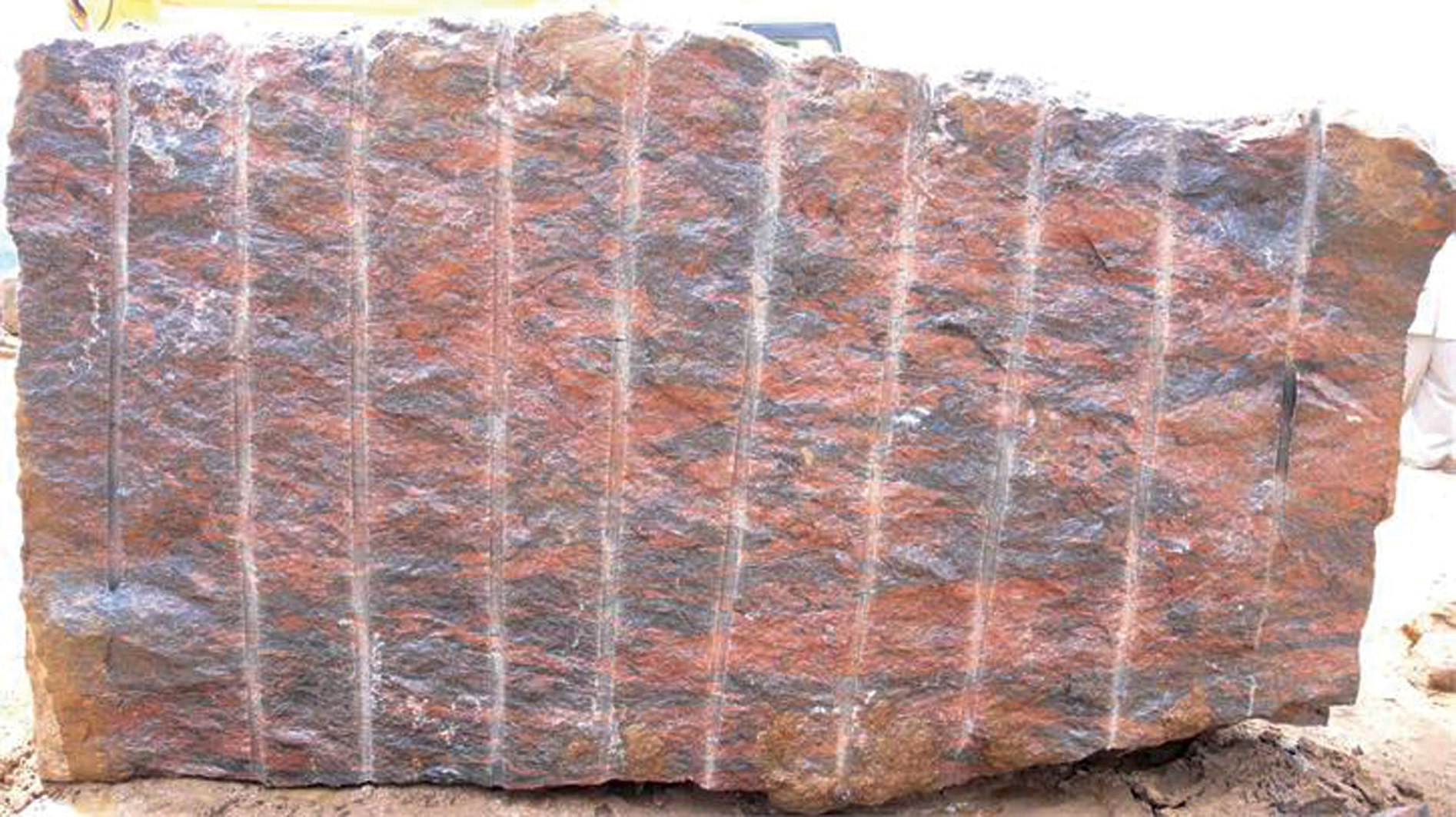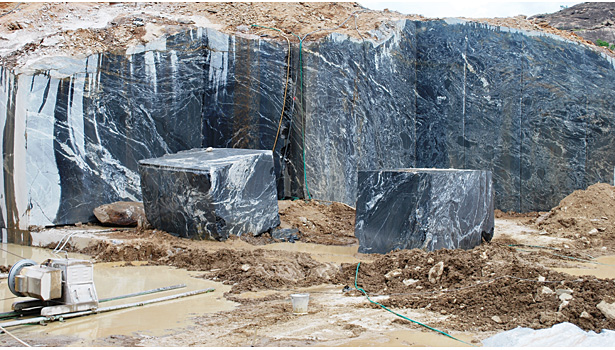Discovering the Rich History and Sustainable Practices of Granite Quarrying
As we depend on the precipice of uncovering the intricate tapestry of granite quarrying, a trip with time discloses not simply the physical act of extracting rock yet likewise the social and historical value woven into the really fabric of this technique. From the ancient beginnings that laid the structure for modern quarrying strategies to the sustainable methods that are forming the future of this industry, each sculpt mark on granite surface areas tells a tale waiting to be unearthed (granite quarries in south africa). The tradition of granite quarrying extends far beyond plain extraction; it is a testament to human resourcefulness, resilience, and the long-lasting attraction of this marvelous rock
Ancient Origins of Granite Quarrying
Going back to old worlds, the method of quarrying granite has actually been an essential part of human background and building development. The earliest evidence of granite quarrying days back to old Egypt, where massive pyramids and elaborate sculptures were crafted from this long lasting rock. The Egyptians made use of primitive tools to extract granite blocks from quarries, showcasing the value of this product in their huge building and constructions.
Moving ahead in history, the Greeks additionally made considerable contributions to the quarrying of granite. The Greeks used granite in various architectural marvels, such as holy places and statues, showing their ability in shaping and sculpting this sturdy rock. The Romans further improved the techniques of quarrying granite, utilizing sophisticated devices like blades and hammers to essence and shape granite for their renowned frameworks.
Via the centuries, the technique of quarrying granite has actually progressed, with contemporary technologies enhancing efficiency while keeping the classic charm of this natural stone - granite quarries in south africa. From old human beings to modern home builders, the tradition of granite quarrying continues to form our globe
Development of Quarrying Techniques
The development of quarrying techniques has actually been marked by a continual progression towards higher performance and precision in removing granite. Early quarrying techniques included hand-operated labor with basic tools such as blades, hammers, and wedges to remove granite blocks from the earth.
In even more recent times, the development of machinery revolutionized the quarrying market, enabling much faster extraction rates and boosted performance. Technologies such as diamond cable saws, high-pressure water jets, and pneumatically-driven drills have actually become common in modern-day quarries, permitting accurate cutting and minimized waste. In addition, developments in computer-controlled devices and 3D modeling have actually maximized quarrying procedures, leading to minimal environmental impact and enhanced sustainability methods. As the demand for granite continues to rise, the evolution of quarrying techniques remains integral to meeting industry requires successfully and sustainably.
Cultural Significance of Granite
Granite holds a profound cultural relevance across numerous people because of its enduring visibility in architectural work of arts and respected monuments. From the impressive pyramids of Egypt to the complex carvings of the Angkor Wat holy place in Cambodia, granite has been a product of choice for sharing magnificence and longevity in social heritage. In ancient Rome, granite columns embellished temples and public structures, representing strength and durability. The cultural relevance of granite extends past its physical characteristics; it embodies durability, stability, and timelessness, making it an icon of withstanding legacies and customs.

Sustainable Practices in Quarrying
Among the abundant history of granite quarrying and its cultural relevance exists an expanding emphasis on sustainable practices within the market. As ecological recognition and issues regarding source deficiency have actually heightened internationally, the quarrying sector has progressively welcomed lasting methods to reduce its effect on the environment and surrounding communities.

Furthermore, improvement and rehab of quarry websites post-extraction are integral to lasting methods. By bring back quarried locations to an all-natural or useful state, such as developing wild animals habitats or recreational areas, quarriers can balance out the ecological footprint of their operations and contribute favorably to the local ecological community.
Tradition of Granite Quarrying
With a historic backdrop steeped in workmanship and official site industrial progression, what withstanding influence has granite quarrying left on the landscape of modern culture? The tradition of granite quarrying transcends plain removal methods; it has actually formed building wonders, urban landscapes, and cultural heritage worldwide. The sturdy nature of granite has made it a preferred choice for monuments, buildings, and infrastructure, standing as a testimony to the ability and artistry of quarry workers throughout generations.
Furthermore, the economic footprint of granite quarrying can not be ignored. The sector continues to offer job opportunity and drive regional economic situations in regions where granite extraction prevails. It has also stimulated technical innovations in quarrying methods and devices, leading to more reliable and sustainable practices.
In terms of sustainability, the heritage of granite quarrying includes efforts to mitigate environmental impacts with reclamation jobs and responsible resource monitoring. By balancing financial rate of interests with ecological stewardship, the industry aims to ensure that future generations can remain to profit from this long-lasting natural source.
Verdict

Comments on “The Hidden Gems: Checking Out Granite Quarries in South Africa”